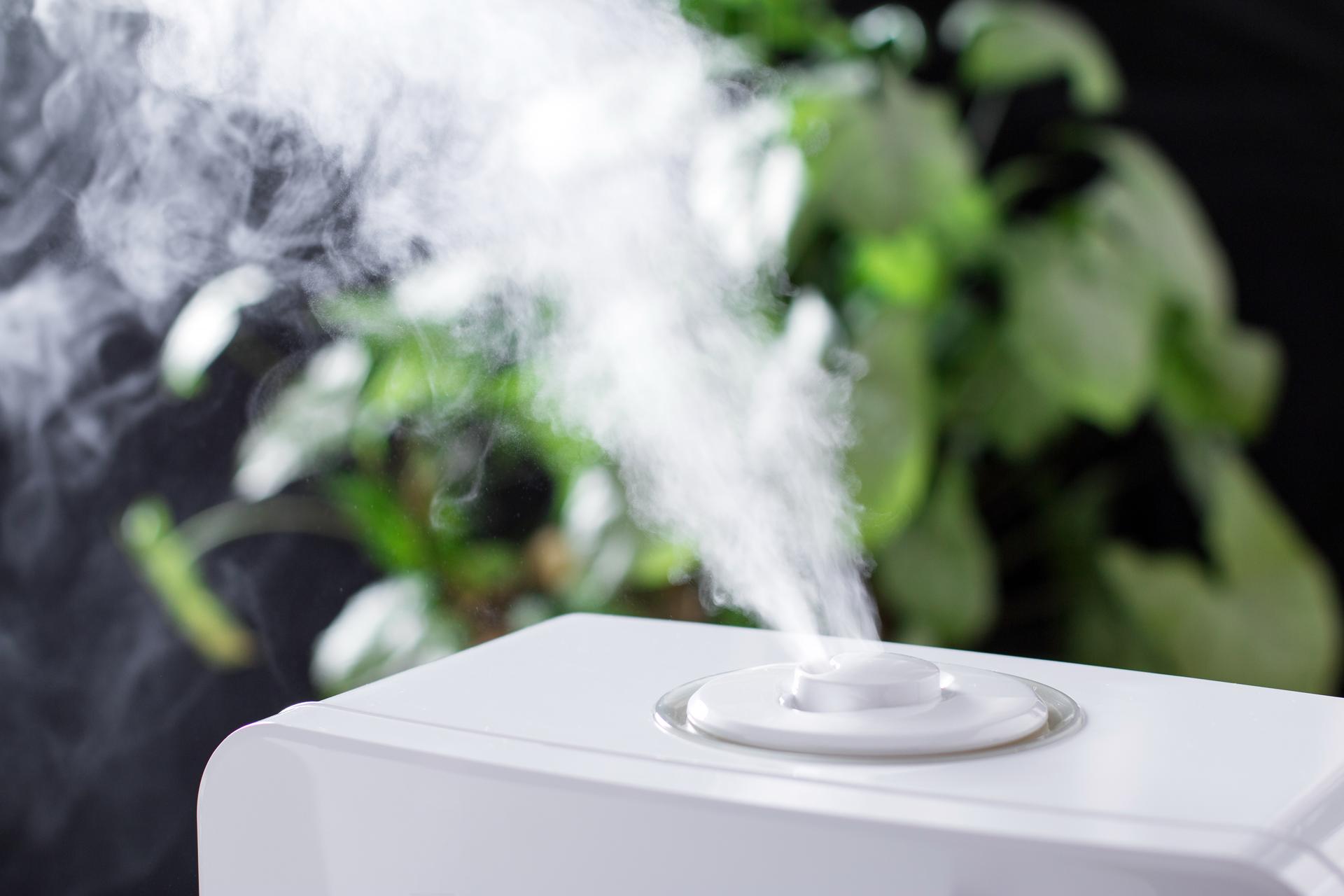How a Furnace-Mounted Humidifier Works

November 15, 2023
You may know many of the benefits of adding humidity to your home in the winter, but you may not realize maintaining the proper humidity level could reduce your energy bill. That's because adequate humidity helps you feel warmer. Just like humidity makes you feel hotter in the summer, it helps you stay warmer in the winter.
You can add humidity with a portable humidifier, but a furnace-mounted, whole-house humidifier could be the best choice. Here's how this type of humidifier works and how it differs from a portable unit.
The Humidifier Is Connected to a Duct
Rather than taking up space on the floor in your family room or hallway, a furnace-mounted humidifier is attached to your HVAC system. Being mounted on the furnace keeps the humidifier from taking up valuable space in your home and keeps the unit away from kids and pets.
The unit is mounted on your furnace so it can be connected to a duct. The humidity that's created can then be spread evenly to all the rooms in your home in the same way heat is spread throughout your home through the ducts.
It's Connected to a Water Line Too
A disadvantage of a portable unit is you need to monitor and fill the tank constantly during the winter or the tank will run dry, and your home will get dry again. When you have a furnace-mounted whole-house humidifier installed, it's connected to a water pipe in your home.
This allows the humidifier to fill automatically so you don't have to bother with filling the unit manually. A furnace-mounted unit is installed permanently to the furnace and water pipe in an out-of-the-way location, so automatic filling is important since the unit may not be easy to reach.
The Humidifier Is Controlled by a Humidistat
You wouldn't want the humidifier to run all the time because too much humidity is just as bad as not enough. The unit turns on and off automatically because it's controlled by a humidistat that works in a similar way as a thermostat. The humidistat cycles the unit on when the humidity drops below the set point and then turns it off when the humidity is in the desired range.
This keeps your home adequately humidified to combat the effects of dryness while ensuring humidity isn't excessive enough to cause water damage or mold. You can view the humidity reading on the humidistat, so you always know the percentage of humidity in your home.
The Unit Size Matches Your Home
An HVAC professional can help you select a whole-house humidifier of the right size, so your home receives adequate humidity throughout the entire house. The units are rated by gallons of water they produce in a day. They may also have a rating of how many square feet they can treat. This lets the HVAC professional zero in on the exact model you need for the size of your home and the type of furnace you have.
Annual Maintenance Is Needed
You won't need to fuss over your whole-house humidifier, but you can't ignore it completely. It should be serviced annually when your furnace is serviced. When the HVAC technician cleans and services your furnace, they also check the humidifier to make sure it's in good shape. They may also replace the evaporator pad at that time.
The evaporator pad acts like a filter, and it also holds water so air blowing through it becomes humidified. The pad needs to be changed on the frequency recommended by the humidifier manufacturer, and that could be once per year.
If you're tired of dry, itchy skin in the winter, or if you're looking for ways to lower your heating bills, call Service 1 Heating, Plumbing & A/C Inc. to learn more about having a furnace-mounted whole-house humidifier installed. We can handle all your home's heating and air quality needs.




